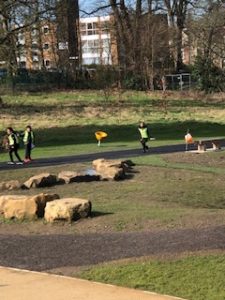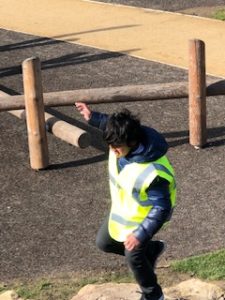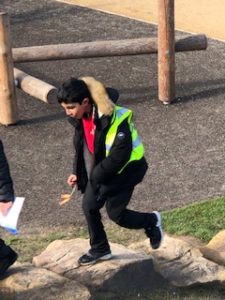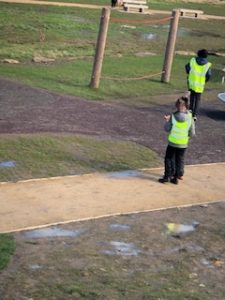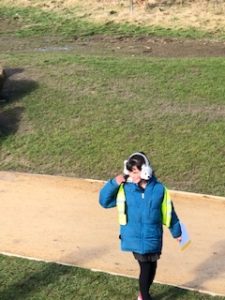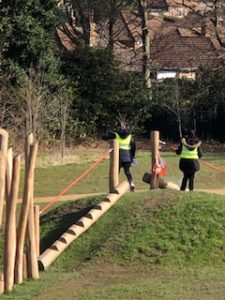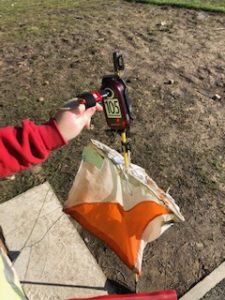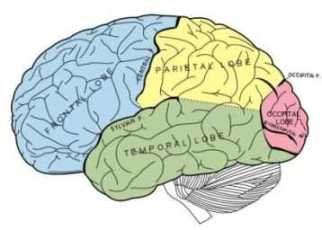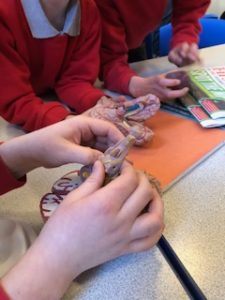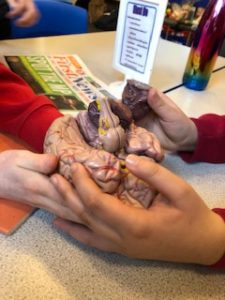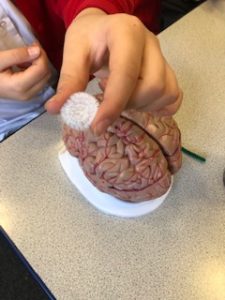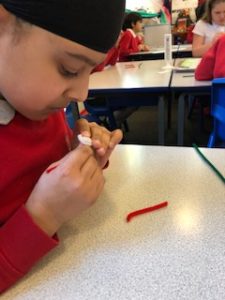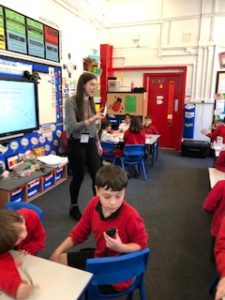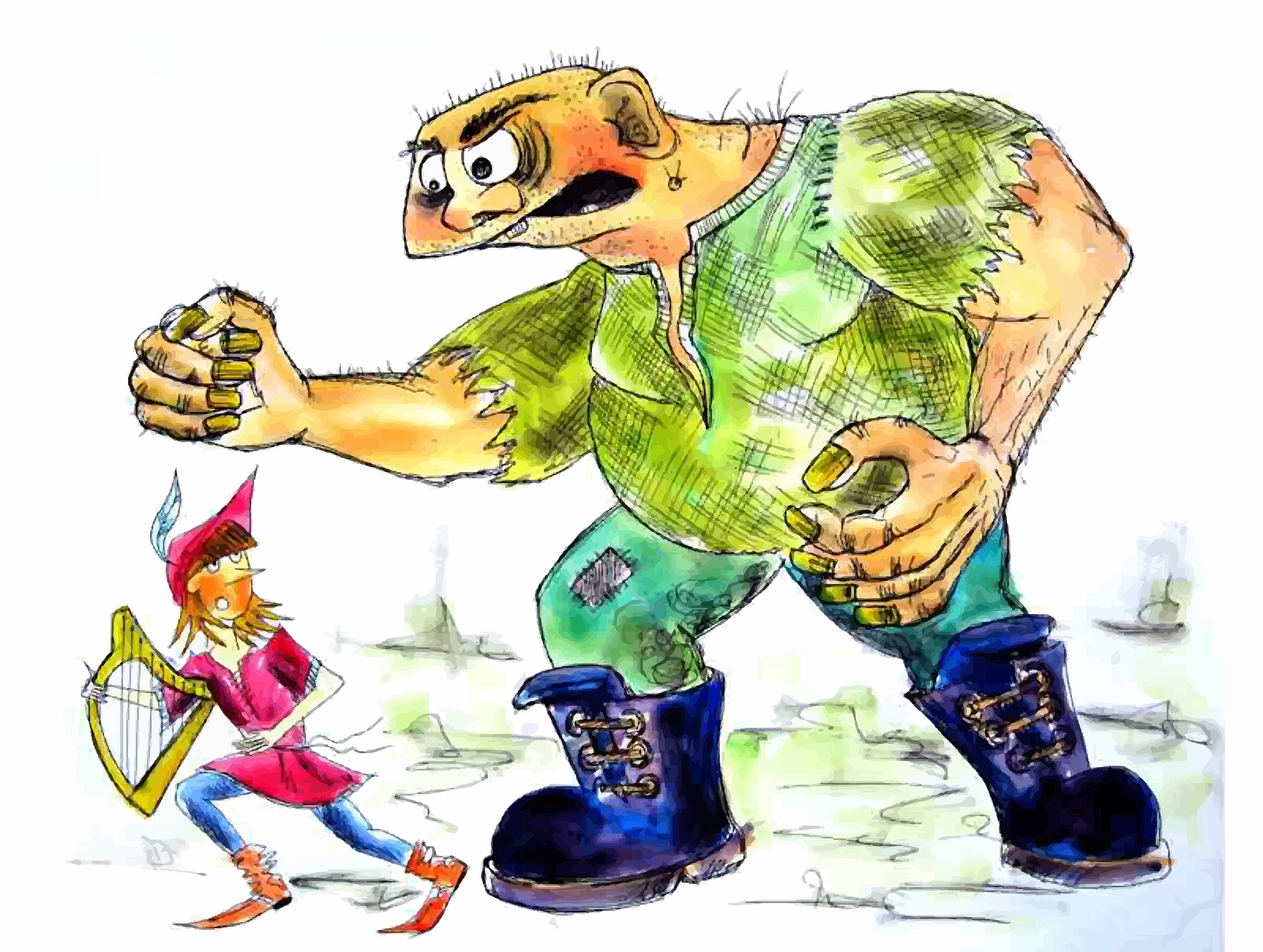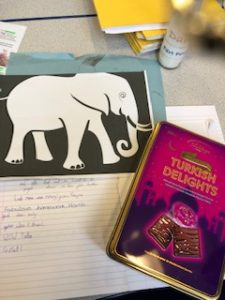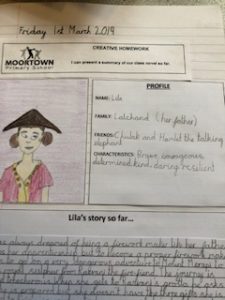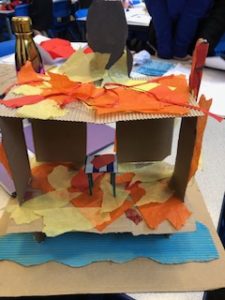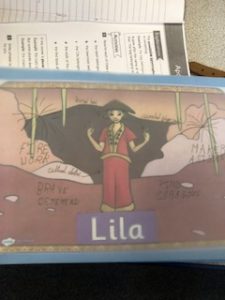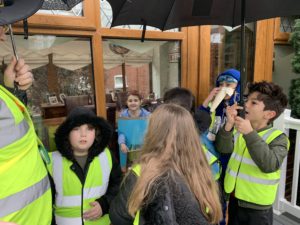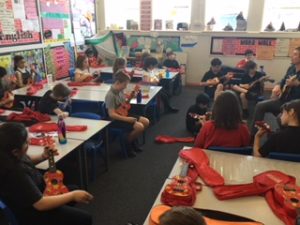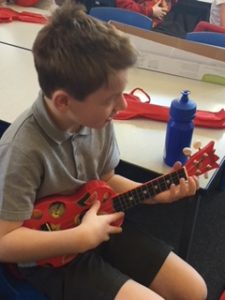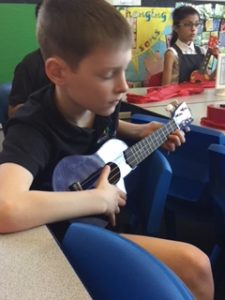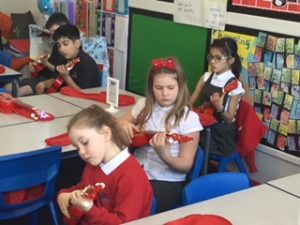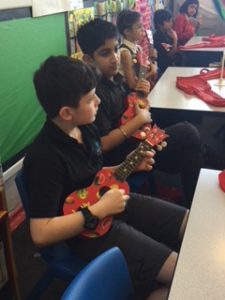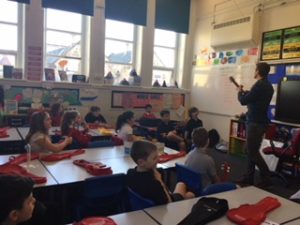This week, we have been focusing on the correct use of apostrophes.
The children need to be able to use this punctuation mark within their writing accurately. In English, we use apostrophes in two ways, to show possession and to show contraction (or omission).
Apostrophes are used to tell us that something belongs to someone.
For example, if you were talking about a football belonging to Ben, you would say ‘Ben’s football’.
There is only one of Ben, so this is called singular possession.
In Year 4, children move onto using apostrophes to show plural possession.
If there are two or more people owning something, an apostrophe is needed to show plural possession. In this case the apostrophe goes after the plural owners, so if a group of girls each own a hat and you want to talk about all these hats, you would say ‘the girls’ hats’.
Apostrophes to show contraction or omission
If we put two words together and miss out some letters, we need to add an apostrophe where the missing letters are. For example: ‘do not’ would change to ‘don’t’, the contracted form.
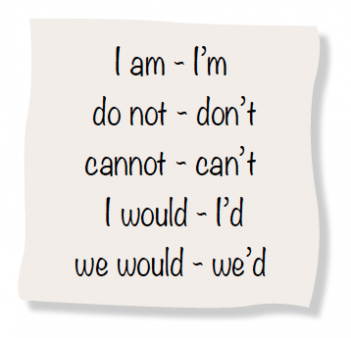
During our lesson, the children attempted an apostrophe puzzle. Communication was a necessary skill required to master this tricky, hexagonal jigsaw. Well done everyone!
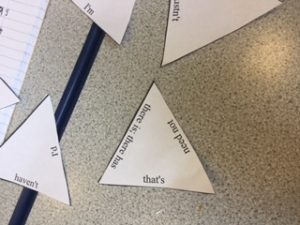
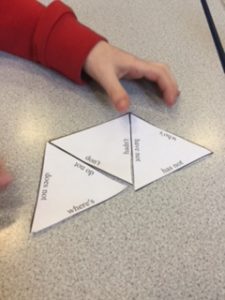
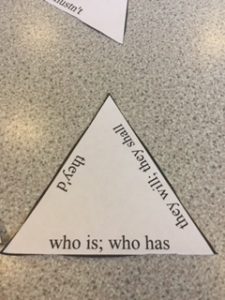
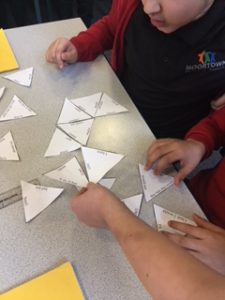
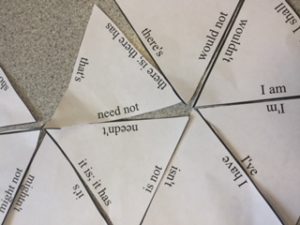
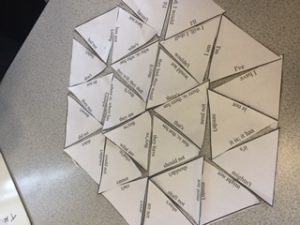

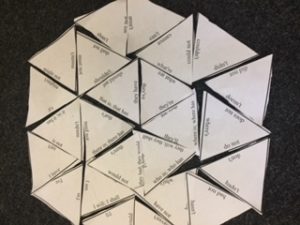
Quiz your child on the sentences below. Where does the apostrophe need to go? Can they explain why?
Group or singular possession?
This is Janes cat.
The man stole the ladies handbags.
The womens meeting began at eight.
The little ducks feathers were very soft.
The cars wheels had fallen off.
Marks hair was wet.
Class Fours classroom was very tidy.
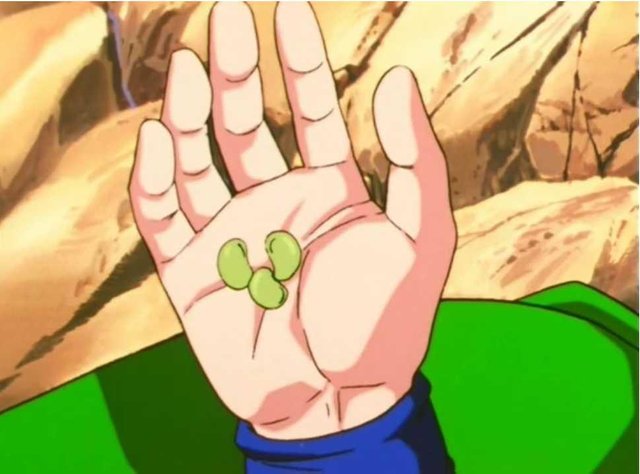 There are 2 performances next week.
There are 2 performances next week. 
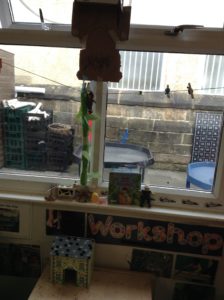
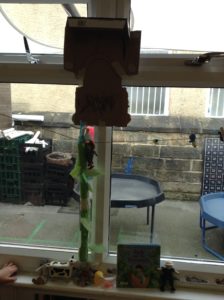

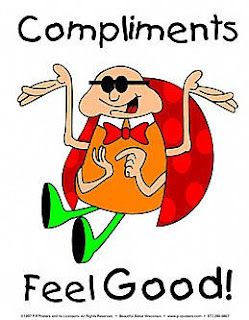
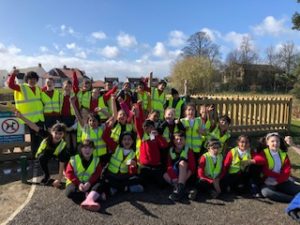 nce this week.
nce this week.